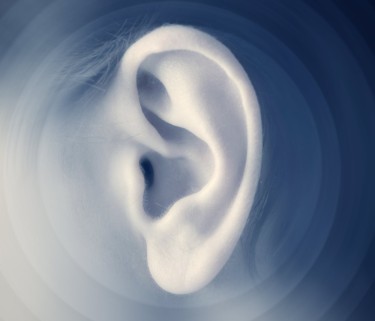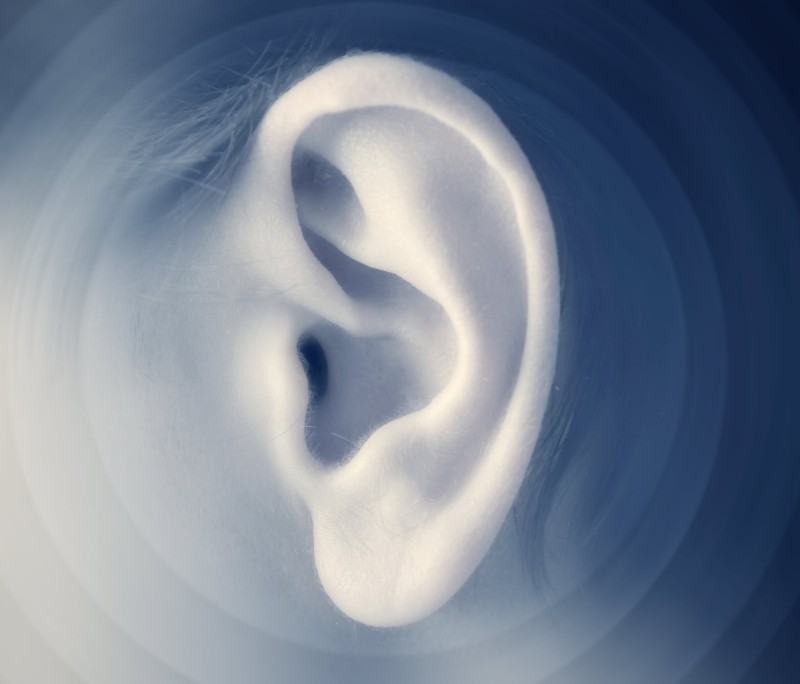
Psilocybin in magic mushrooms, LSD, ayahuasca, and DMT are all foundational psychedelic substances that are known to produce hallucinogenic experiences.
Everyone sees different things on these hallucinogenic compounds. More often than not, we also receive ‘messages’ as we visualize. It’s not uncommon to ‘see’ the earth breathing, trees dancing, and the clouds changing colors or moving quickly while on these drugs. The walls could be moving, colors are enhanced, and we can see things even when our eyes are closed. Since these drugs are often used for spiritual or healing purposes, many have reported seeing their ancestors in these sessions.
Everything in the environment looks and feels electric, and deep inside, we feel blissful or at least, heal from any number of psychological issues that we are going through.
But did you know that there is a psychedelic that let you trip through your ears? And it could be just as powerful as the visual hallucinations.
Meet DiPT
Diisopropyltryptamine is a psychedelic drug, and the only one of its kind, that produces aural or audio hallucinations. Currently, DiPT isn’t restricted to any kind of drug scheduling, and it’s quite rare to locate, save for some vendors on the deep web and in certain headshops, though it’s also sold as a research chemical.
DiPT is a less popular and common drug found in the tryptamine class of psychotropic drugs, related to 5-MeO-DiPT (also known as foxy methoxy) and MiPT. In fact, the street name of DiPT foxy methoxy, as some chemists have been able to synthesize DiPT and sell this synthetic tryptamine.
More famous tryptamines include melatonin, serotonin, psilocybin, and the DMT (dimethyltryptamine) that is used to concoct Ayahuasca brews. Tryptamines are known for their ability to induce fantastic sensory changes which can affect the mood of humans. These are widely used recreationally among young people.
It was Alexander Shulgin who conducted the first human trials of DiPT back in 1975. He would then go on to co-author and produce a paper writing about its psychopharmacology potential for humans in 1981. More information on this drug can be found in a book he wrote in 1997, entitled: TiHKAL (Tryptamines I Have Known and Loved). Because of his work and devotion to psychedelics, he was given the nickname ‘godfather of psychedelics’. Based on what we know about DiPT thanks to Shulgin, it seems that DiPT can be viewed as psychedelic mushrooms – but for the ears. It possesses the unique ability to change how we perceive sound. And since many people experience tinnitus during or after consumption of the drug, this may one day play a role in how we understand this condition.
Aside from Shulgin’s work, there is not much else known about this mysterious drug.
However, in a recent article by the Psychedelic Spotlight, psychedelic neuroscience researcher Zeus Tipado provide some more interesting feedback. “Almost all psychedelics have an audio-visual context, but DiPT purely produces audio artefacts. We don’t have an explanation for it,” he tells them.
“We know that DiPT does effect the same part of the brain as other psychedelics – the auditory cortex, and potentially at a deeper level, the thalamus. The thalamus is basically the part of the brain that processes your whole reality. When you take psychedelics, your thalamus is fed information in a kind of chaotic way, which is partly why things can get weird. But in the case of DiPT, it’s purely auditory chaos,” Tipado says.
He goes on to explain that DiPT is capable of producing aural hallucinations even when there is no sound at all. “Even when there’s no augmentation of auditory senses, auditory hallucinations are produced on DiPT. This gives weight to the idea that the whole experience is being processed by the auditory cortex,” Tipado goes on. “Perhaps this bizarre effect is caused by the beyond human enhancement of things we might not ordinarily hear, like electronic frequencies. But I’d say that’s unlikely. However, like we don’t really have an explanation as to why we experience closed eye visuals on other psychedelics. We just don’t know.”
Take with Caution
DiPT is not as well-researched as other psychedelic drugs, so anyone interested in experimenting with it should proceed with caution. It may cause some unwanted side effects, the most common of which is persistent tinnitus, a painful condition which can last during the session or in rare cases, as long as months after.
High doses of DiPT may also cause a lack of balance or coordination. In extremely high doses, it can also result in visual hallucinations.
In the best-case scenario, users have received entheogenic benefits from DiPT. This means that there is a potential for the drug to be used for therapeutic and healing properties. But just like with all other drugs, the set and setting play a very important role in how your trip turns out to be.
Conclusion
While we still know very little about the possible therapeutic value of DiPT, all we can do is wait and see until more research has been conducted. It may have potentially therapeutic uses, and it also may not. Always remember to stay away from street drugs of any kind to avoid unwanted and possibly dangerous side effects.







